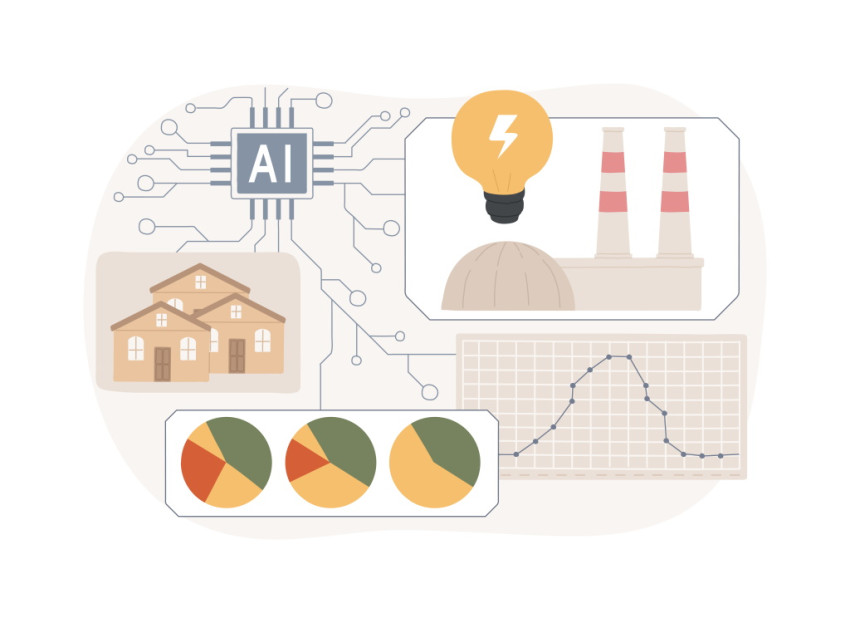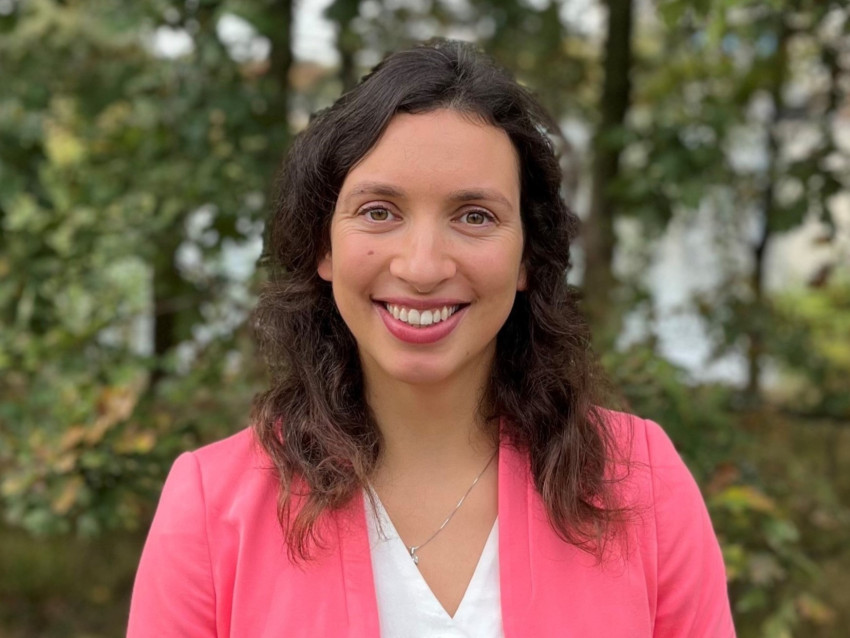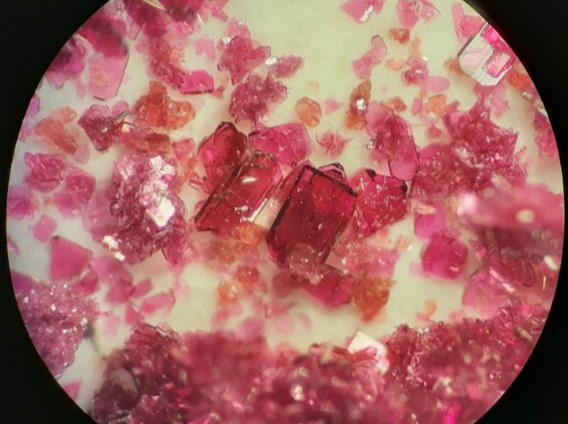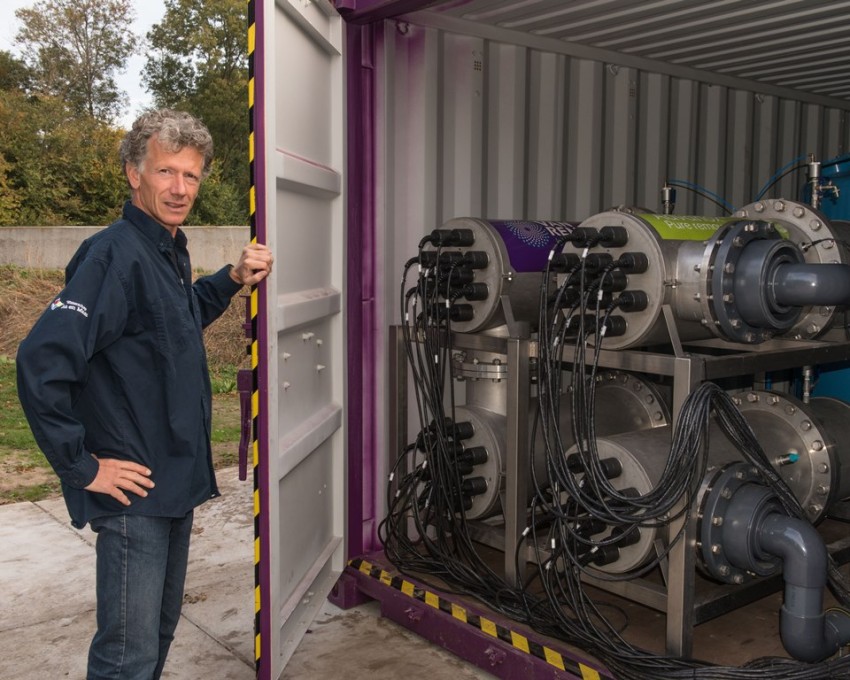
Trial for removing medicines from waste water
A trial was launched last Monday in Aarle-Rixtel, in the Dutch province of Brabant, aimed at removing medicine residues from waste water. The trial involves comparing two techniques for the period of one year: UV light with hydrogen peroxide and treatment with ozone.
Due to ageing and the related increase in the use of medicines, drug residues are increasingly finding their way into sewage. People either excrete these residues in their urine or flush them down the toilet – which is not exactly the best thing to do.
At the moment, Waste Water Treatment Plants (WWTPs) cannot remove all medicines from waste water, as they're not set up for this. The bacteria in the sludge along which the water is run do not break down everything, with an estimated maximum of some 50%. The rest of the medicines enter the surface waters, where animals and plants can be affected.
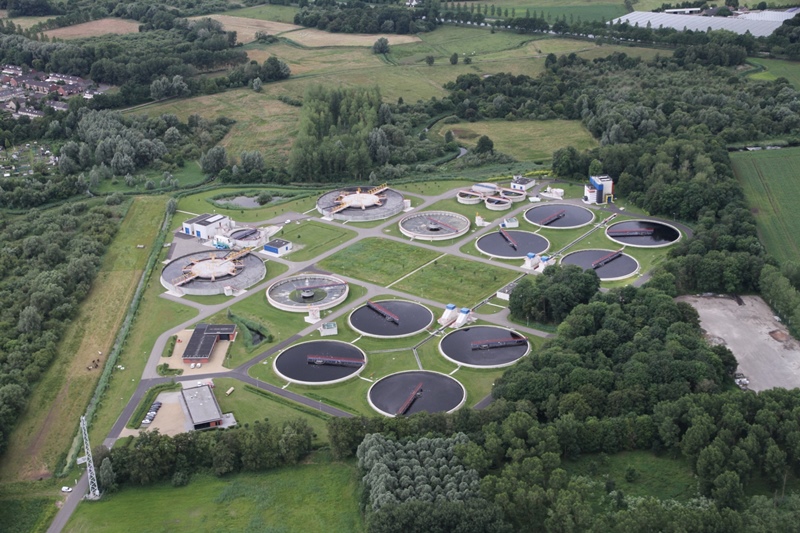
COMPARISON
In Aarle-Rixtel, one of the largest waste water treatment plants in the country, a trial has therefore been initiated to compare two well-known techniques for breaking down medicines in water. ‘The unusual thing is that we use precisely the same dirty water as input, allowing us to compare these techniques very objectively,’ says Maarten Nederlof from the Aa & Maas Water Authority. The aim is to remove 80% of the medicines from the water, which has already been biologically treated.
On the WWTP site, two containers have now been placed close to each other for this purpose, one purple, the other yellow. In the purple one, the firm Van Remmen UV Technology treats the dirty water with ultraviolet light and hydrogen peroxide (H2O2). Under the influence of the UV light, the H2O2 splits into two OH radicals, which are very reactive. These radicals break down pretty much all organic components, including medicine residues.
OZONE GAS
The yellow container comprises an installation from Nijhuis Industries, in which the dirty water is exposed to ozone gas (O3). That is mixed with waste water and breaks down the organic components via oxidation. Both techniques are already deployed in drinking water treatment – ozone is also used in waste water treatment and UV/H2O2 in horticulture.
The containers were placed in September of this year and set up over the last few months. Although the Minister only gave the official starting signal on Monday, the trial project has been running for some time now. Over the coming months, tests will ascertain whether both technologies are working properly and which of the two is most effective. ‘In the first half of 2019, we will be adding a smart pretreatment of the water to first remove the coarser organic substances. We hope to have the test results before the summer,’ says Nederlof.
ACTIVE CARBON
There is a third option for purifying water: subjecting the water to powdered carbon (active carbon in powder form). That is not being studied in this project. Nederlof: ‘We already know a lot about carbon. The disadvantage is that it has a large climate footprint, as active carbon is made from coal, and that requires a lot of energy. And the efficiency with which medicines are removed from water is greater using the two oxidative techniques we are testing.’
ENERGY
UV treatment costs more energy than treatment with ozone. UV light also offers the benefit that it creates fewer undesirable organic byproducts than ozone. ‘The ozone treatment creates substances such as bromate, which is subject to a strict drinking water norm. And we discharge to the Maas, where water is extracted for drinking water just over half a mile downstream. That's why we are currently studying how to reduce the formation of bromate.’
Treatment with UV light would be ideal, if it wasn’t for the high energy consumption. A single lamp is already 600 watts, so it consumes a lot of electricity. That's why Van Remmen UV Technology is testing a new reactor design, with two parameters being treated. Both the water flow and the distance between the UV lamp and the water are being optimised. The hope is that this makes it possible to achieve the same level of purification with a lower capacity UV lamp or with fewer lamps.
MAINTENANCE AND RISK OF BREAKDOWN
But comparing the efficiencies is not the only purpose of the trial in Aarle-Rixtel. It's also important that employees of the WWTP can operate the equipment. ‘What about the Health & Safety requirements, the risk of breakdown of the equipment and maintenance? We want to answer these questions as well.’
For this reason, the Netherlands is currently doing extensive research into removing medicine residues from waste water. The first systems that do this using active carbon and ozone have already been fitted in Germany and Switzerland. The techniques that are now being tested – UV light, ozone and active carbon – were developed in the past for treating drinking water. That means they must comply with much more stringent purification requirements than the residual water of the waste water treatment. But the latter concerns far greater volumes.
The pilot project in Aarle-Rixtel is an initiative of the Aa & Maas Water Authority and is financially supported by the Ministry of Infrastructure and Water Management.
If you found this article interesting, subscribe for free to our weekly newsletter!
Opening image: an employee of the Aa & Maas Water Authority at the purple container, in which dirty water is treated using ultraviolet light and hydrogen peroxide, H2O2. Source: Aa & Maas Water Authority


